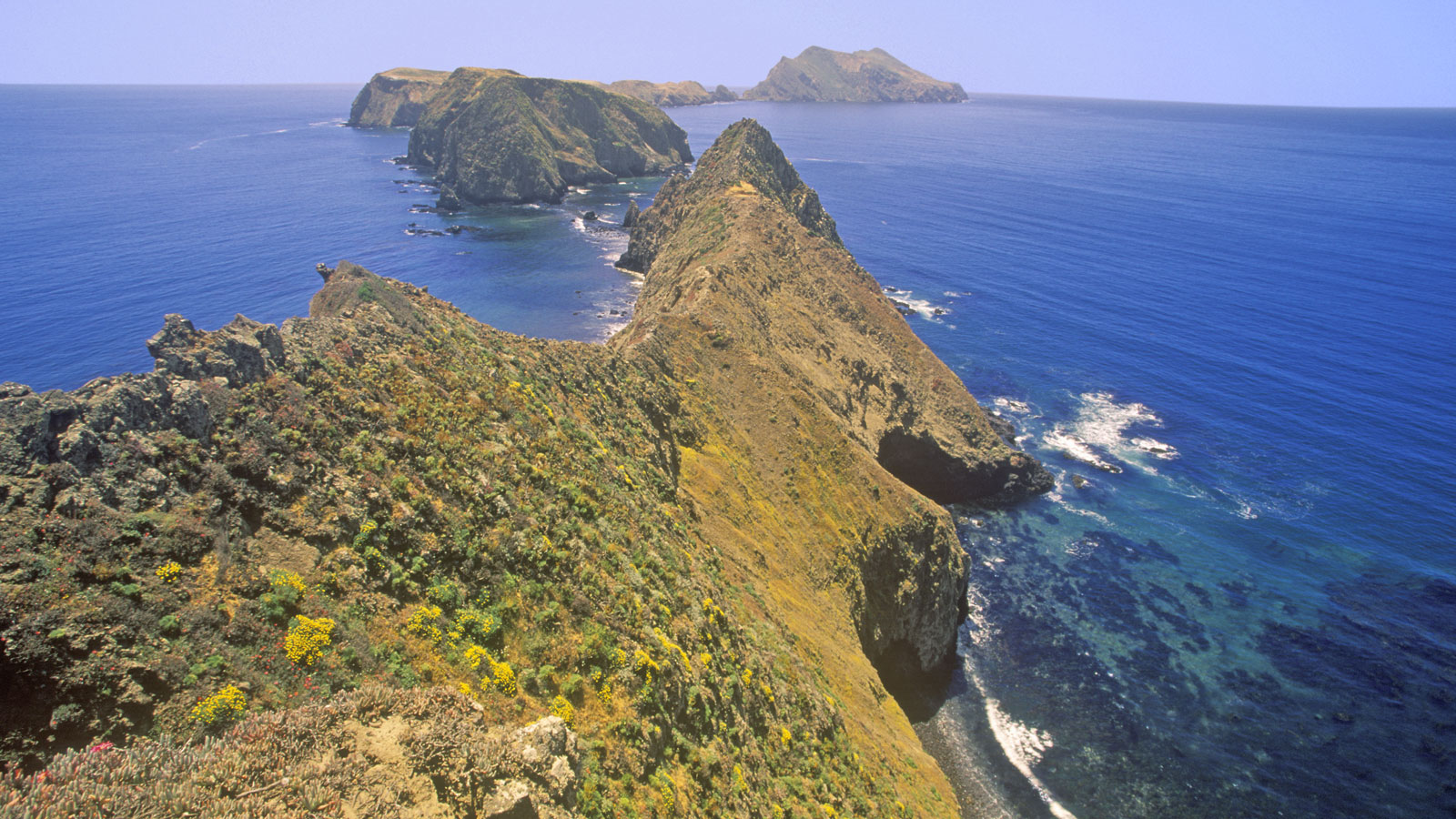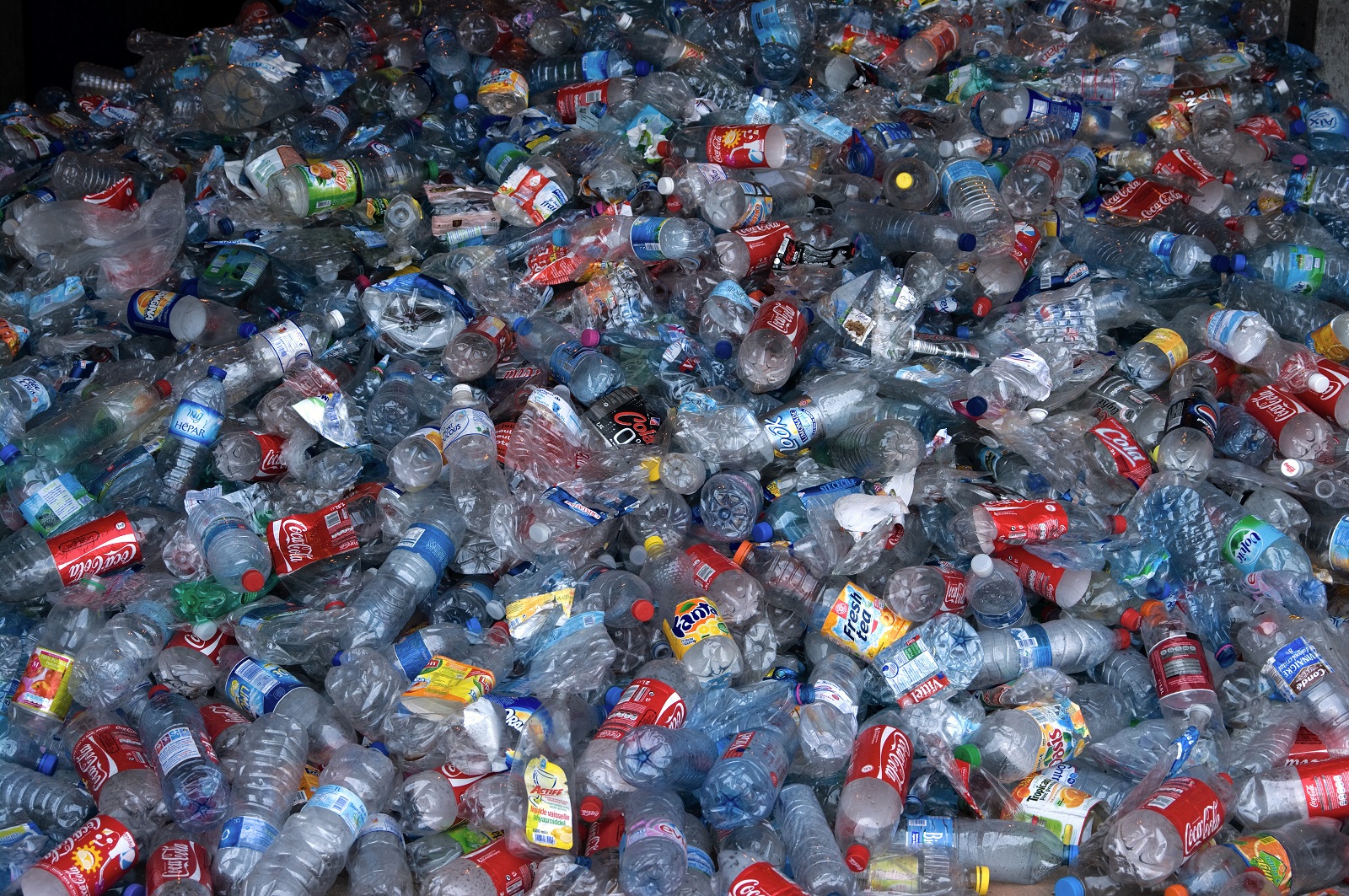
Unprotected Shoreline:
Failures in Limiting Development along the Chesapeake and Coastal Bays
Environment Maryland Research and Policy Center
Executive Summary
The Chesapeake Bay is a natural treasure, a mainstay of Maryland’s economy, and central to Marylanders’ identity and quality of life. Pollution from a variety of sources, coupled with the rampant destruction of coastal wetlands, has degraded water quality in the bay, harming wildlife and threatening Marylanders’ enjoyment of the bay.
To protect water quality in the bay, Maryland adopted the Critical Area Act in 1984. The act designated all areas within 1,000 feet of the bay and portions of its tributaries as a “Critical Area” in which development is limited. The intent of the law was to protect wetlands and natural areas that serve as natural filters for pollution, thereby reducing the flow of pollution and enabling the bay’s long term recovery.
Unfortunately, with weak enforcement mechanisms, broad loopholes, and 64 separate jurisdictions implementing their own standards, the Critical Area Act has failed to stop many irresponsible developments that continue to threaten the health of the Chesapeake Bay, its tributaries and Maryland’s Atlantic coastal bays.
After-the-fact variances allow those who have already broken the Critical Area law to ask for variances after they are caught by authorities. After-the-fact variances encourage developers and homeowners to ignore the law completely: many violators are never caught, once they are caught they can apply for an after-the-fact variance anyway, and they may be more likely to obtain a variance once the construction is already complete.
Development on Little Dobbins Island in the Magothy River is an example of the perverse incentives created by after-the-fact variances. The island was resurfaced by a developer who wanted to make a house for himself that would fall mostly within the 100-foot buffer most critical to wildlife habitat and pollution control. The developer did not try to get a variance until years later, after he was caught. Initial rulings granted him the after-the-fact variance for the main house, and the case is still being appealed.
Anyone seeking a variance in the critical area must show that following the Critical Area law would constitute unwarranted hardship. Each jurisdiction is also responsible for establishing other minimum Unprotected Shoreline criteria for variance applicants, such as ensuring that the property owner would otherwise be deprived of “rights commonly enjoyed by other properties in similar areas.”1 Unfortunately, the Maryland Court of Appeals has repeatedly interpreted these criteria to be weaker then they were originally intended, opening up a loophole in the Critical Area Act. While the General Assembly has attempted to patch up the loophole, it is not clear that the fix will stand up in court.
Court cases surrounding the Belvoir Farms development were among the first to demonstrate this loophole. The Belvoir Farms Homeowners Association illegally built a pier that accommodated more than four times as many boats as legally allowed. When the violation was discovered, they applied for an after-the-fact variance by arguing that a smaller dock would be an unwarranted hardship, and after multiple appeals they won, despite not meeting all the standards for a variance set out in the Critical Area Act.
In cases of self-inflicted hardship, individuals bring hardships upon themselves, and are therefore ineligible for arguing that the law creates unwarranted hardship. For example, if a developer decides to build a large house with decks that cover all the land on their property that isn’t in the critical area, the lack of more land on which to build a pool is not an unwarranted hardship because it is self-inflicted. However, under existing law as interpreted by the courts, buying a property in the critical area with full knowledge of the existing restrictions does not constitute self-inflicted hardship.
Richard Roeser Professional Building, Inc., for example, bought a property in Anne Arundel County and subdivided it into two lots, the second of which only had enough space to build a house smaller than others in the neighborhood if it were to comply with Critical Area law. The company then applied for a variance arguing that the Critical Area law presented an unwarranted hardship since a larger house was desired. After several appeals and reversals, the final ruling maintained that buying and subdividing the lot did not make him ineligible for claiming unwarranted hardship.
Area classification determines the types of uses appropriate for different subsections of the Critical Area. Cities and counties can use their “growth allocation” to reclassify an area for more intense development in order to accommodate anticipated growth. Unfortunately, allowing developers to nominate preferred locations for development in pristine areas has lead to poor choices for growth allocation in some jurisdictions. In such cases, inappropriate use of growth allocation undermines the Critical Area protections needed to repair the health of the Chesapeake Bay.
A Four Seasons Resort proposed on Kent Island benefited from this loophole. Despite containing much of the remaining wildlife habitat and open space farmland in the area, the land that Four Seasons wanted to use for its resort was reclassified at the highest development intensity level to make way for the project. Subsequently, the project was approved by Critical Area authorities despite posing major environmental concerns, such as adding a dozen stormwater discharges that would flow into bay tributaries. The proposal was eventually stopped by the state Board of Public Works due to these environmental concerns, but that decision is being appealed.
Consistent protections are necessary throughout the Chesapeake and Atlantic bays in order to effectively improve their health. The core of the Critical Area Act is the acknowledgment that the land closest to the bay is the most important for its health and should be protected, but pressure from local developer interests often leads to short-sighted exceptions.
For example, Glen Riddle Farm, the training grounds for legendary race horse Man O’ War in Worcester County, was replaced by a subdivision when developers obtained special provisions from the state to not be included in the 100-foot buffer that is designed to prevent bay pollution and protect diverse wildlife.
Villages at Swan Point, which has proposed an expansion along the Potomac River, was given permission to develop pristine wildlife habitat for nesting bald eagles and other sensitive animals if it could demonstrate a plan to compensate with habitat restoration elsewhere in the watershed.
Addressing the shortcomings illustrated in this report could bolster Maryland’s ability to encourage development that
complements the state’s resources rather than undermine one of its greatest natural assets, the Chesapeake Bay. Toward that
end, Maryland should improve the Critical Area Act in several ways.
Improve enforcement of the Critical Area Act.
• Assist overburdened counties by implementing a state inspection program that can respond to citizen complaints about damaging developments and conduct proactive monitoring by water and land.
• Empower the Critical Area Commission with the ability to enforce the Critical Area Act, which currently can only be done by local jurisdictions.
• Stiffen fines and penalties to reflect the severity of violations and to prevent developers from taking calculated risks to break the law. Also, remove ambiguities in the law that make local
jurisdictions wary of imposing fines for fear of litigation.
Remove loopholes from the Critical Area Act.
• Give the Critical Area Commission authority to amend and update regulations.
• Eliminate after-the-fact variances to prevent developers from gaining legal approval for actions that damage the Chesapeake Bay ecosystem after construction has begun.
• Disallow homebuyers and developers from buying Critical Area property and then claiming they should be exempted from the law because they were unaware of restrictions.
• Sunset grandfathering provisions to prevent the development of lots thatwere exempted from the law in 1984 but have not been developed.
• Give the Critical Area Commission greater authority to deny growth allocation applications if the proposed change is not done in a way that is consistent with the larger goals of protecting the health of the Chesapeake Bay and its residents.
• Create consistent statewide standards for variances and require the Critical Area Commission to sign off on variance
rulings to prevent abuse.
• Require regular updates to Critical Area maps to avoid exploitation of errors.
• Ensure that new lots do not encroach upon the 100-foot Critical Area buffer, which is critical for pollution filtration and habitat preservation.
1 Maryland Regulations Code, Title 27, § 01.11.01(A)(2), 2005.
Topics
Find Out More


